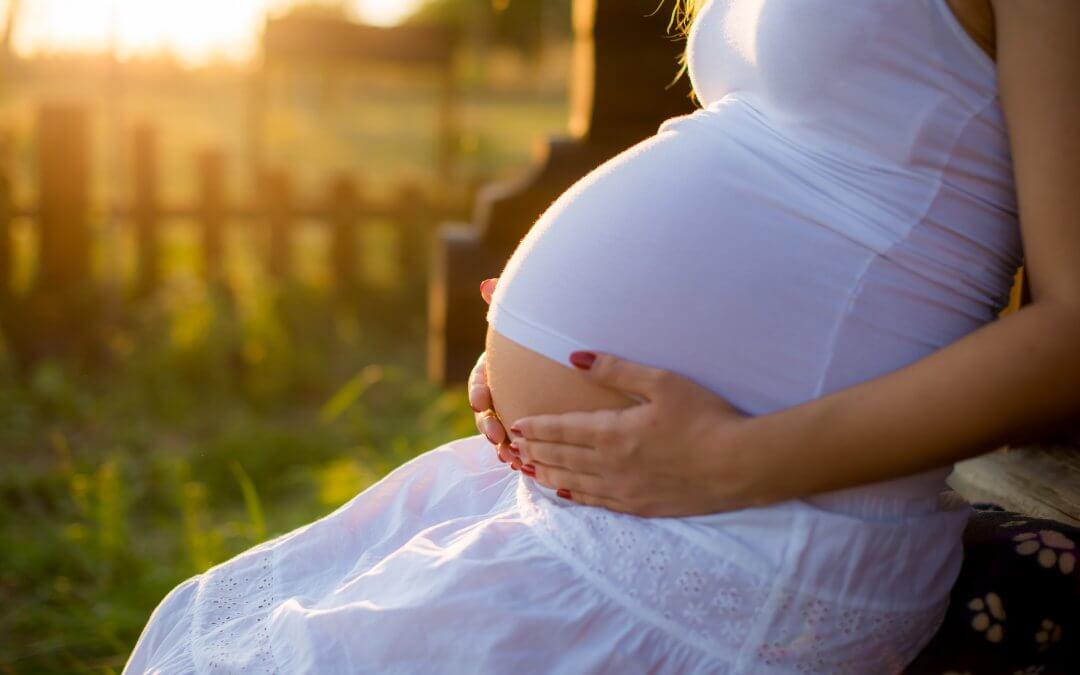What is a water birth?
As the name suggests, a water birth is simply the process of giving birth in water – usually in a deep bath or ‘birthing pool’. It is a popular birth choice for thousands of mums-to-be around the world. Celebrities such as Gwyneth Paltrow, EastEnders star Jacqueline Jossa and singer Charlotte Church have also chosen it as their go-to method on the big day.
What are the benefits of a water birth?
There are plenty of reported benefits to water birthing – from helping parents to feel relaxed, to boosting their energy and providing freedom of movement.
Relaxation
Most birthing pools are heated to a balmy 36-37.5°C. The warm water is said to help mums-to-be to relax and can even lower their blood pressure.
Studies have also found the warm water helps the body to release endorphins, which can help ease pain and make the birth a more enjoyable experience. Some people have even found that they have more energy.
The warm, wet environment can also simulate the amniotic sac and therefore ease your baby’s discomfort when they first enter the world.
Freedom to move
Buoyed by the water, expectant mothers are able to ease the weight of their pregnancy on their muscles and bones, especially the back. It often means they can move much more freely and try different positions in order to get comfortable.
By remaining upright in the water, gravity has also been shown to help move the baby down towards the birth canal.
Some research has also shown that buoyancy promotes more efficient uterine contractions and improved blood circulation. That results in better oxygenation of the uterine muscles, less pain for the mother, and more oxygen for the baby.
Safety
During the birth, water can help your perineum gradually relax as your baby is being born, thereby reducing the chances of an injury.
Are water births safe? What are the disadvantages of water births?
Unfortunately, choosing a water birth does have some drawbacks. Firstly, mums can’t use some pain-relief options such as opiates, epidurals or a Tens machine.
If you enter the pool too early, your contractions can also slow down. That’s why it is best to wait until your cervix is at least 5 centimetres dilated.
Finally, if the pool water is too cool at birth, your baby could potentially catch hypothermia. The risks can be offset by providing immediate skin-to-skin contact, keeping an eye on the water temperature, and keeping warm towels nearby.
Don’t forget to also drink plenty of water, juice or other fluids while you are in the pool – being surrounded by water doesn’t prevent dehydration.
What positions can I try for my water birth?
There are plenty of positions you can try to get comfortable in the water. These include everything from kneeling to squatting. You can also use floats to support your arms or float on your back with your hands holding the sides and your head on a waterproof pillow.
Finally, you could also float on your tummy or if your birth partner is with you, you could sit with your back against them or with your arms round your partner’s neck.
Where should I have my water birth?
Some mums-to-be choose to have their water birth at home, as it is possible to hire your own birthing pool. Otherwise, you could go to a birth centre or hospital.
Is water birthing compatible with cord blood banking?
Yes, it is 100% compatible with cord blood banking. After the birth takes place and the midwife cuts the cord, they can hand the cord to your phlebotomist and the collection will take place as normal in a completely separate room from the birth.
We have designed our services to give you complete freedom of choice when it comes to water births or any other birth choice – ensuring that you have complete control of your child’s birth without any unnecessary worries.
Request a Welcome Pack
Find out more about cord blood banking by downloading a Welcome Pack now.









